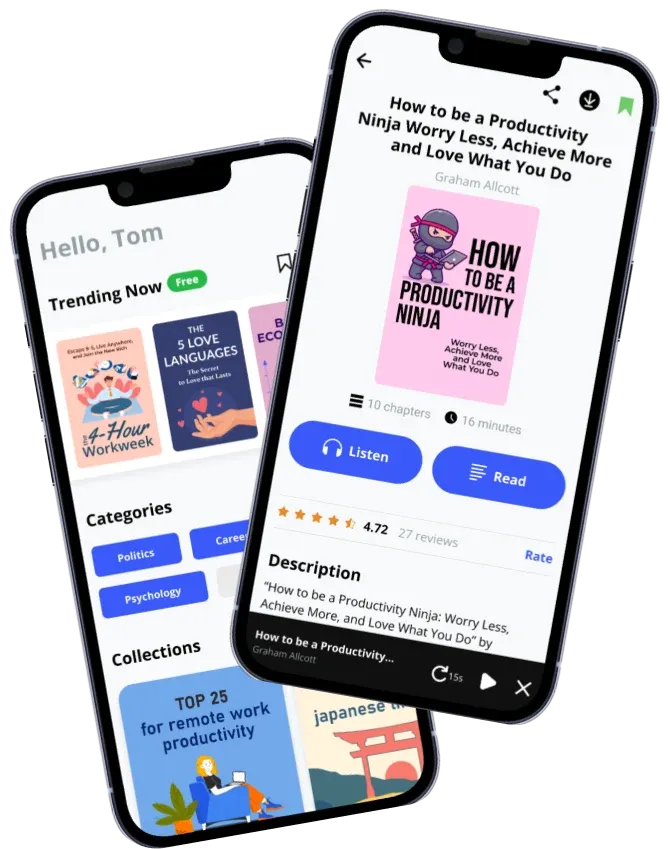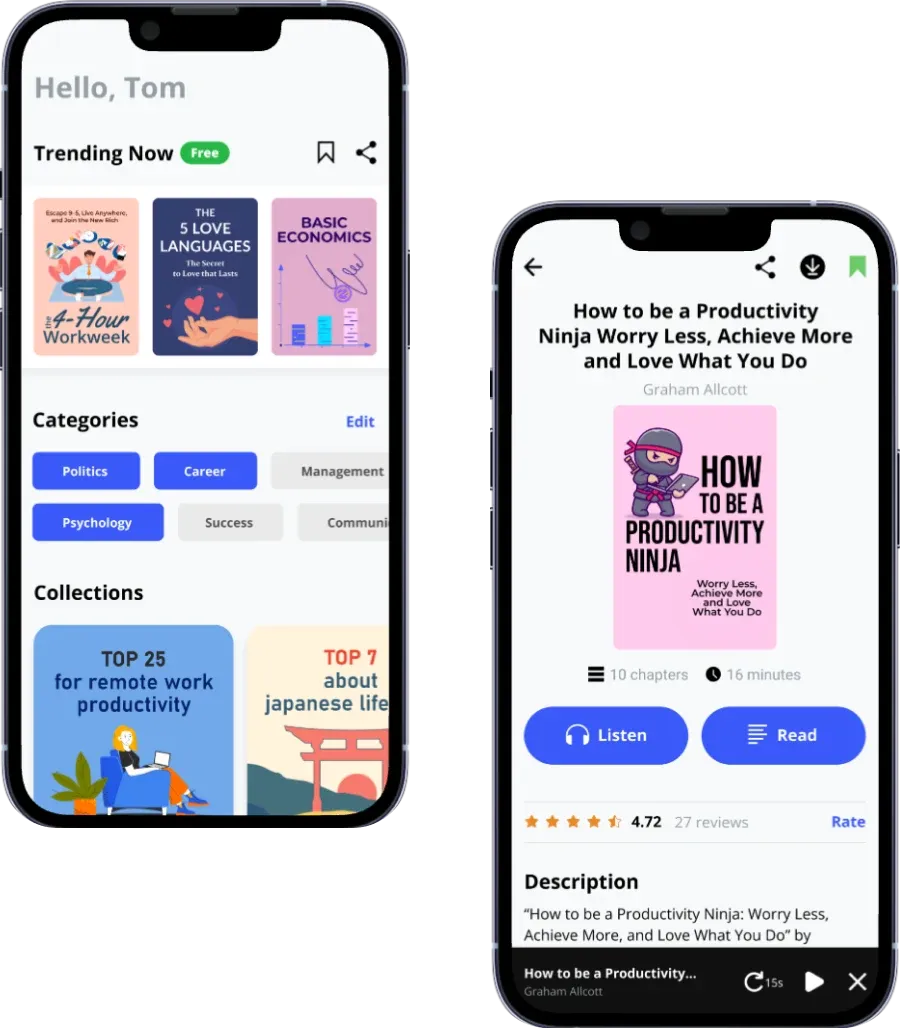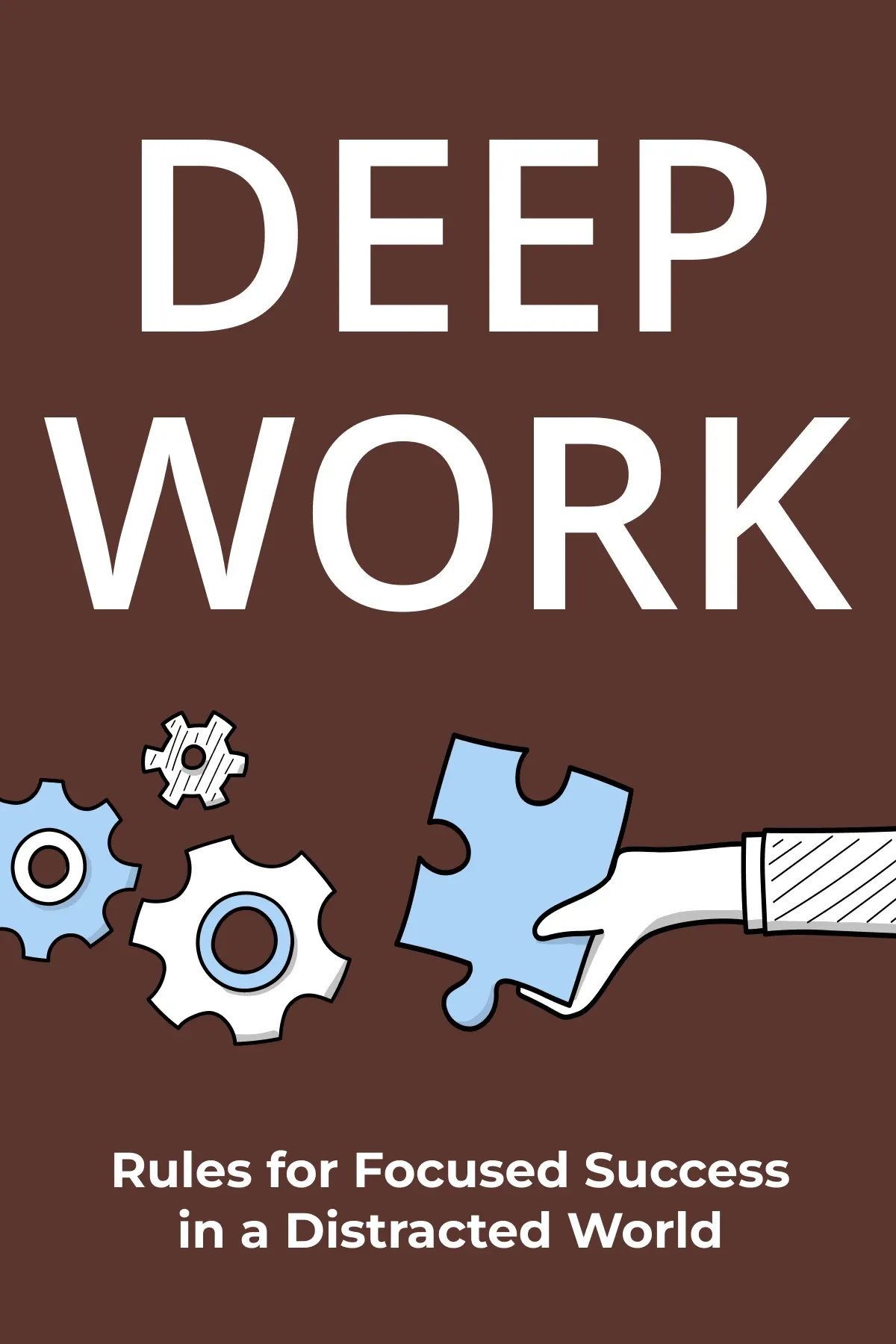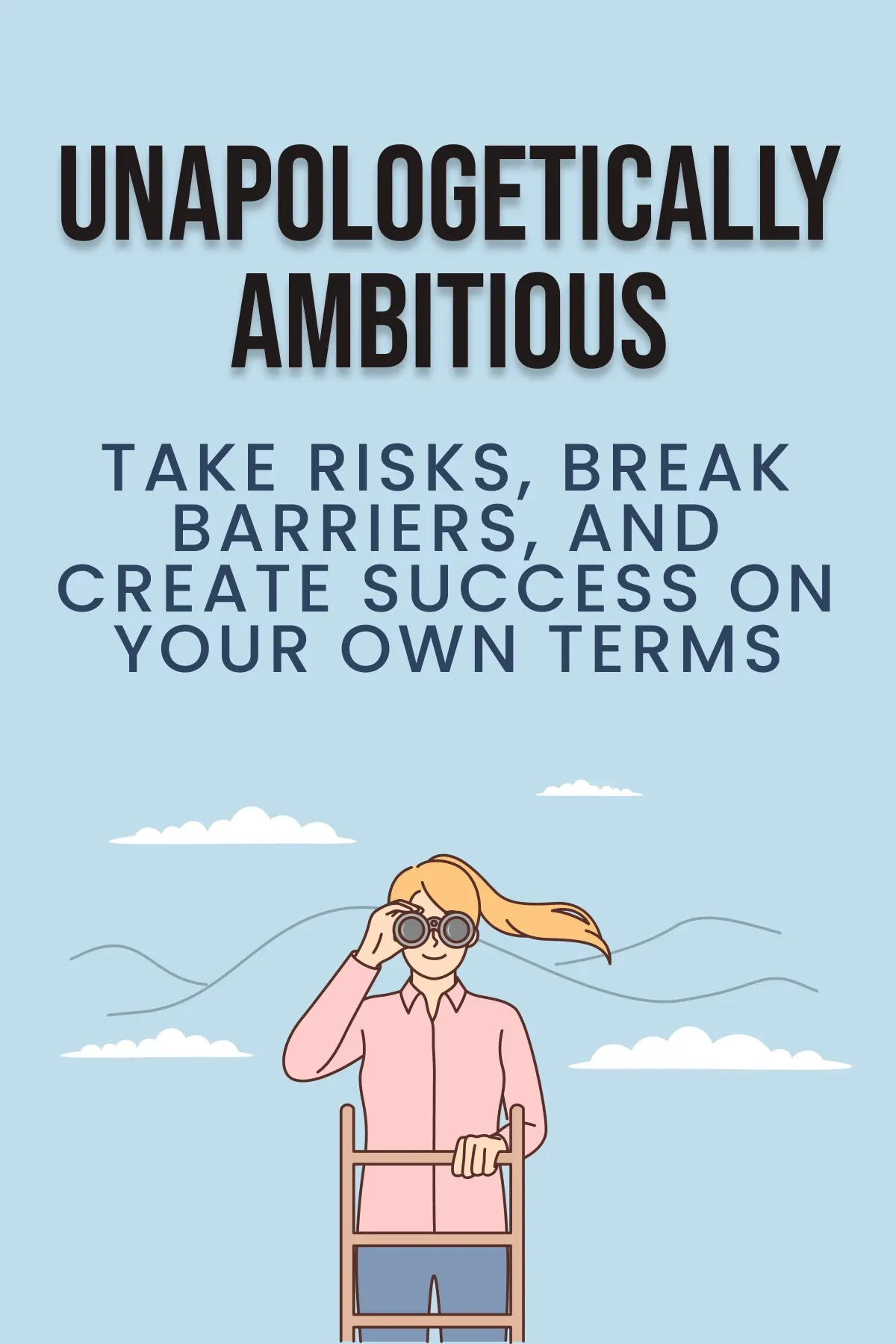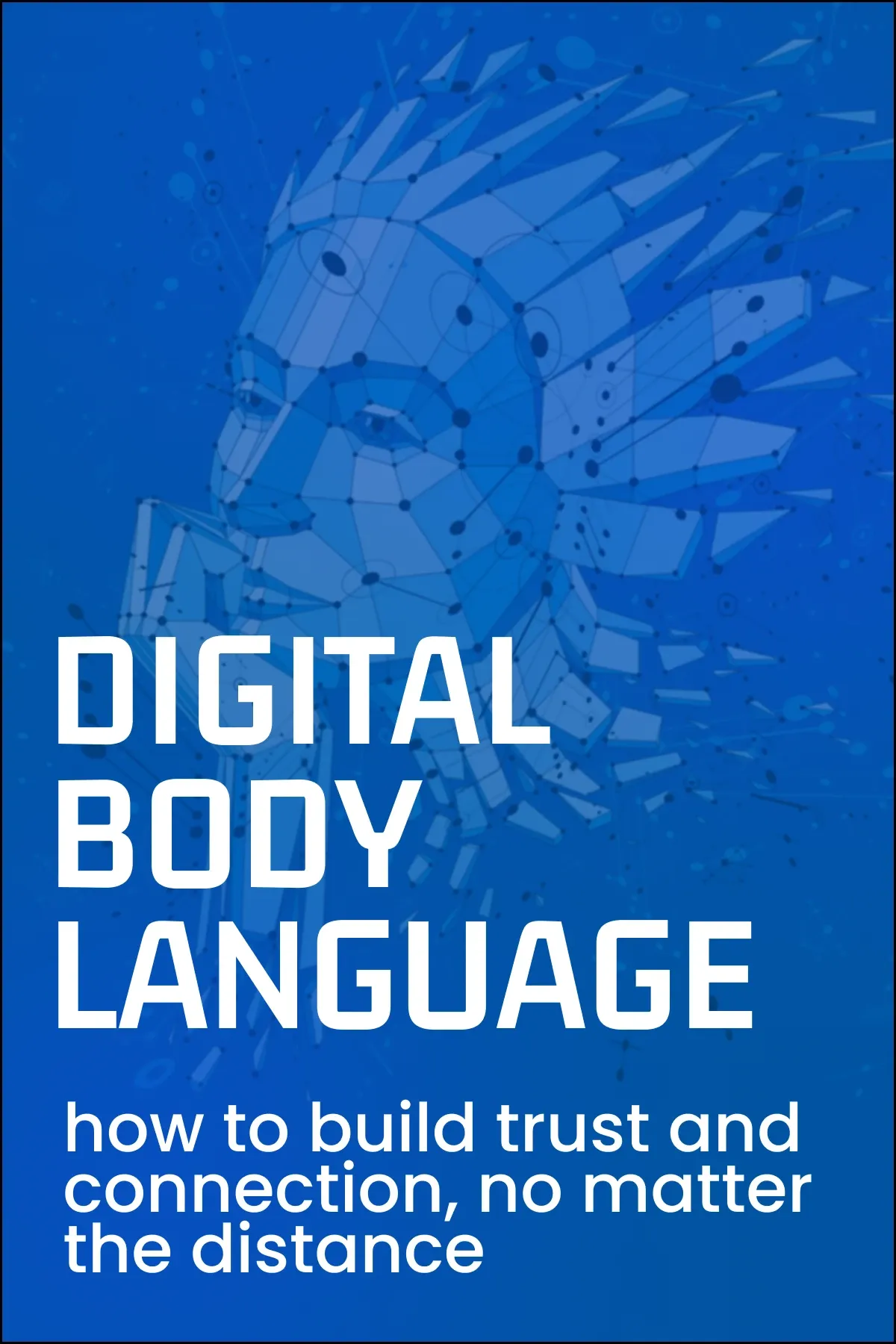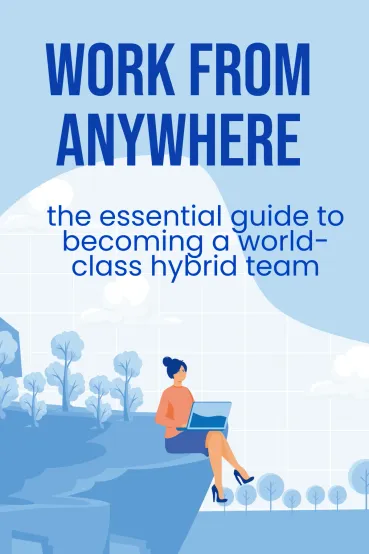
Work from Anywhere
Brief Summary
“Work from Anywhere” is a guidebook on developing a high-performing team and business in a remote and distributed environment. The authors emphasize the importance of crafting business and culture strategies that prioritize both performance and people. They provide insights on bringing out the best in hybrid and remote team members.
Key points
Key idea 1 of 6
Think of Twitter, Facebook, Shopify, Stripe, and Tata Consultancy Services. These companies have implemented work-from-anywhere policies. For instance, Twitter's CEO, Jack Dorsey, announced that employees can choose their work location permanently.
Another example is Tata Consultancy Services (TCS), which is a large IT service company with offices worldwide. Previously, TCS heavily invested in physical office spaces for collaboration and work delivery. However, in 2020, they decided that 75 percent of their massive global workforce, totaling 500,000 employees, would transition to remote work within three years.
This shift isn't just a short-term response to a crisis; it's a deliberate long-term strategy for the future of work. In a featured story on their website, TCS argues that forward-thinking organizations are moving towards a new work model. This model challenges traditional concepts like fixed working hours, strict location requirements, and the need for physical presence for optimal productivity.
According to a summer 2020 study conducted by Stanford University, only 26% of the US labor force worked on their company's premises. At the same time, 42% of workers were engaged in full-time work from home. According to Tata Consultancy Services, the new work order will make traditional concepts irrelevant to optimal productivity. They include location dependency, fixed working hours, high-touch governance, and presenteeism.
Let’s take Pragmatic Thinking, an Australian consultancy that focuses on culture and team motivation. When Australian Prime Minister Scott Morrison implemented pandemic containment measures, the company faced an existential crisis. However, it quickly adapted by transitioning to hybrid teamwork. This involved some team members working together at a physical location. Meanwhile, others worked from anywhere or split their time between remote and onsite work. With this approach, the author's firm continued its operations and maintained productivity despite the pandemic.
FAQ
You may also like these summaries
